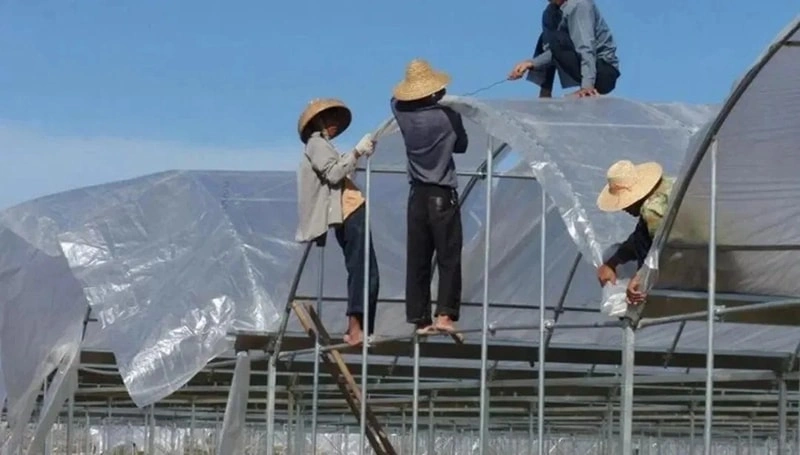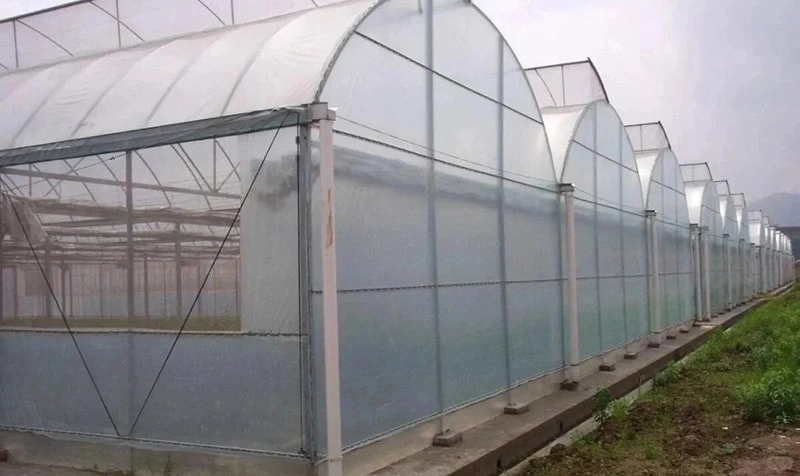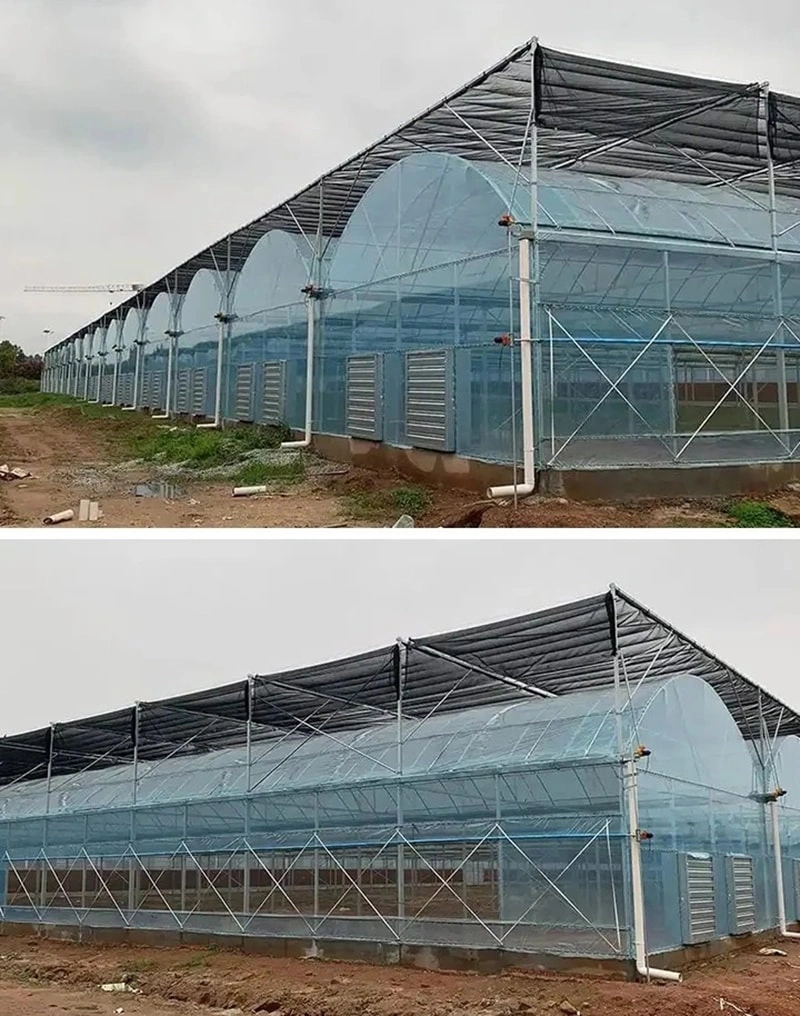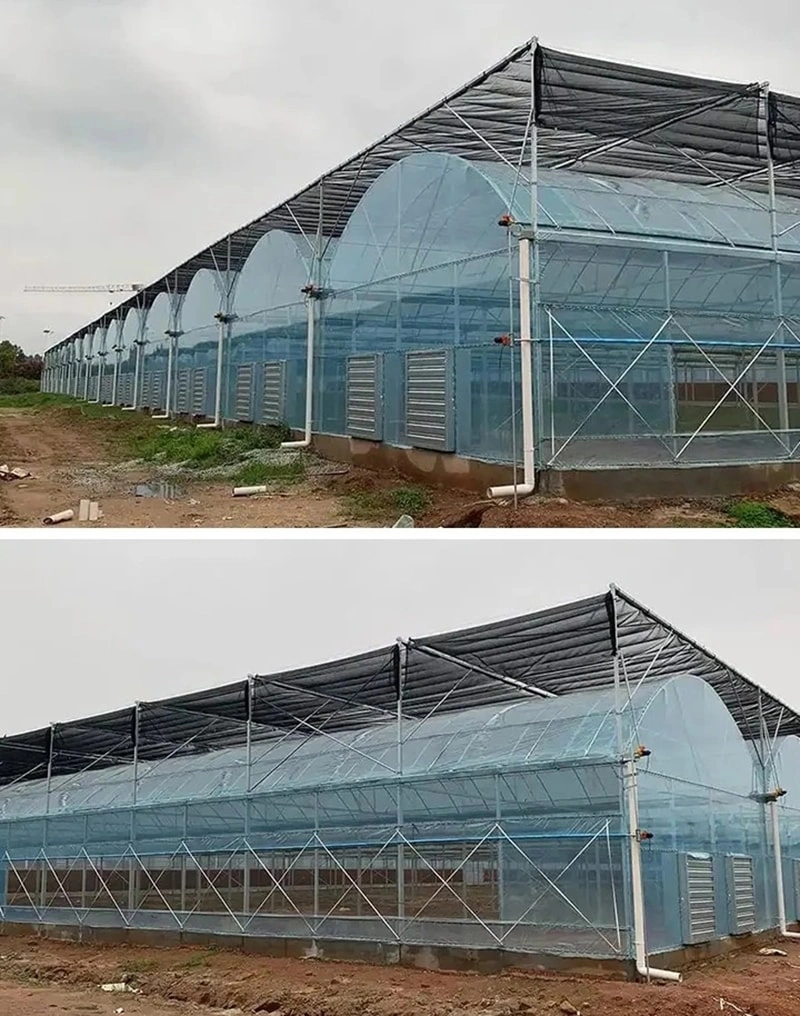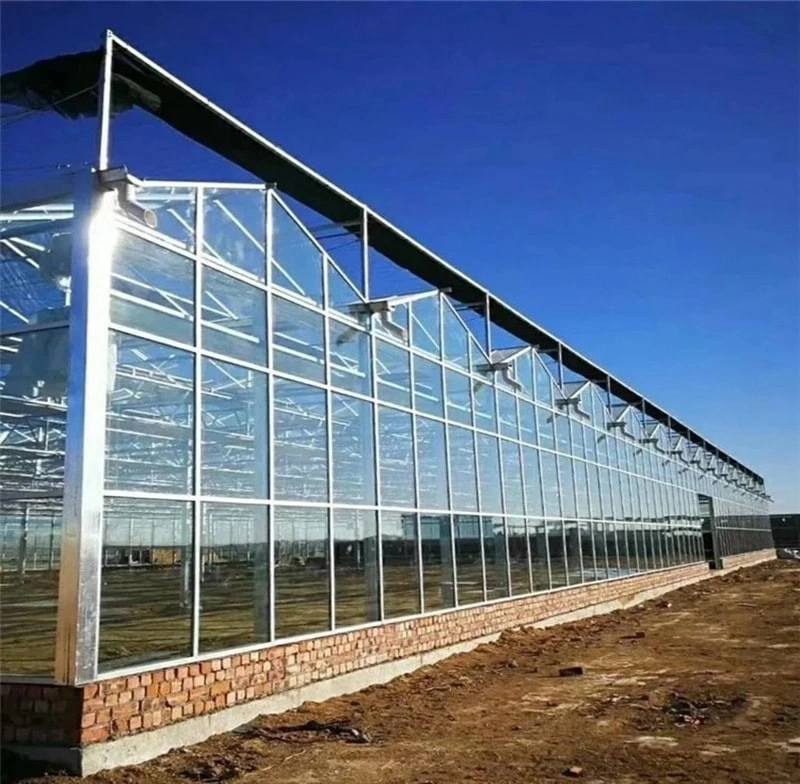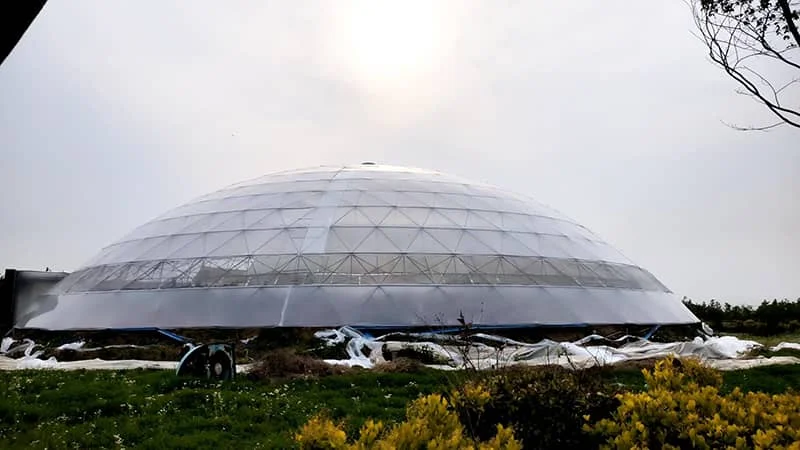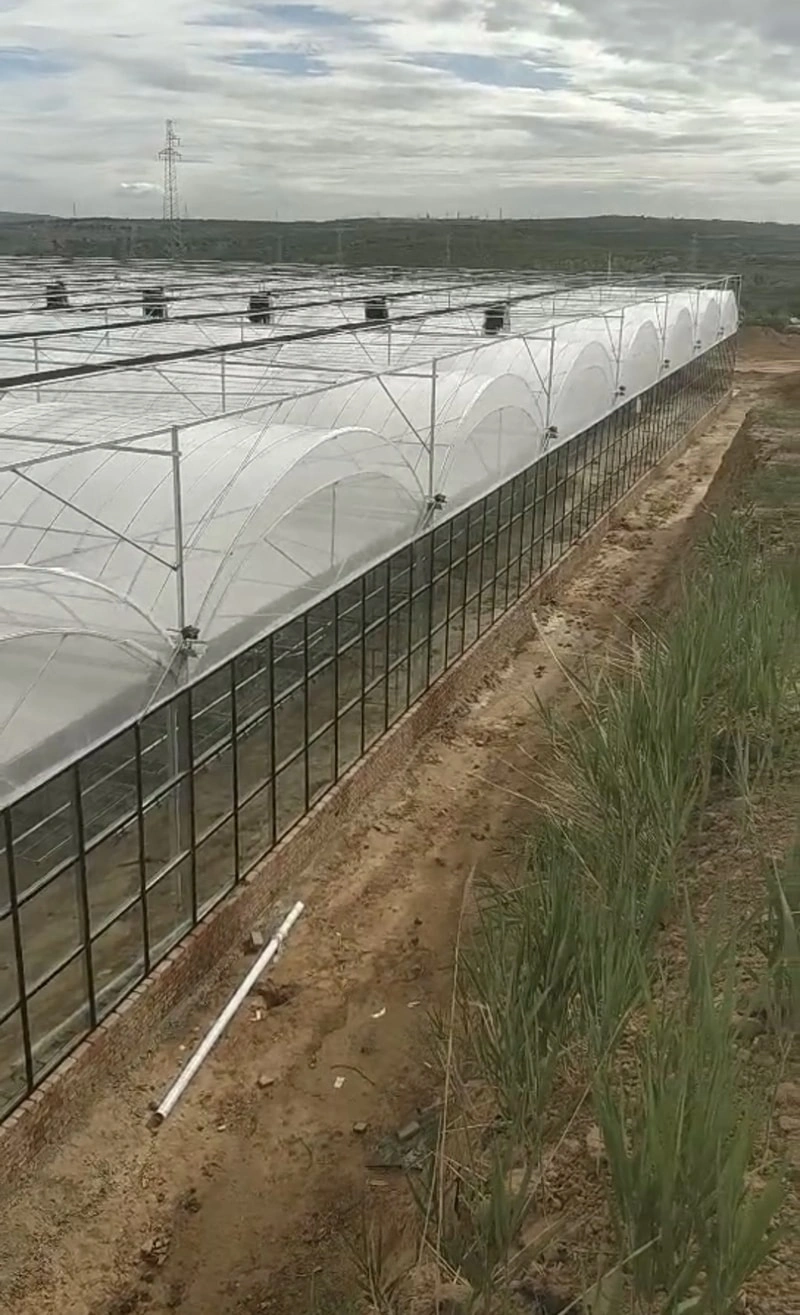Integrating Hydroponic Greenhouse Systems into Community Spaces: A 44x100 Tradition Meets Modern Innovation
The journey of every commercial project begins with dialogue and develops into something extraordinary. This philosophy perfectly captures our approach to integrating hydroponic greenhouse systems into diverse environments, transforming them into hubs of sustainability, education, and community engagement. A prime example is this recently completed 44x100 traditional greenhouse, built for a residential community center to host workshops, events, and year-round cultivation.

From Vision to Reality: The Integrated Design Process
Our commercial greenhouse process, entirely managed by our in-house design and engineering teams, ensures that sophisticated growing technology can be seamlessly incorporated into community infrastructure. For this project, we collaborated closely with architects, developers, and municipal authorities to ensure the structure met local building codes, climate requirements, and performance standards while integrating a fully functional hydroponic greenhouse system.
The challenge was to create a space that was both inspirational and durable—a place where community members could gather for events while simultaneously engaging with cutting-edge agricultural technology. The solution was a traditional greenhouse structure housing a modern hydroponic growing system that serves as both a food production facility and an educational centerpiece.
The Hydroponic Advantage in Community Settings
Integrating a hydroponic greenhouse system into a community center provides multiple benefits that extend far beyond traditional agriculture:
Year-Round Food Production and Education
The hydroponic system enables consistent vegetable and herb production throughout all seasons, regardless of external weather conditions. This provides the community with fresh, locally grown produce while serving as a living classroom for workshops on modern agricultural techniques, nutrition, and sustainability.
Space Efficiency and Clean Operation
Unlike soil-based growing, the hydroponic greenhouse system offers a clean, organized environment perfect for community spaces. With no soil mess and efficient use of vertical space, the system produces maximum yields within the 44x100 footprint while maintaining an aesthetic that complements the community center's multi-purpose function.
Resource Conservation and Sustainability Demonstration
The recirculating nature of the hydroponic system demonstrates water conservation in practice, using up to 90% less water than conventional agriculture. This provides a tangible example of sustainable practices for community members, aligning with environmental education goals while reducing the ecological footprint of food production.
Technical Integration: Making Advanced Agriculture Accessible
The successful implementation required careful planning to make advanced technology accessible to community users:
User-Friendly System Design
The hydroponic greenhouse system was designed with simplicity in mind, featuring clear signage, easy-to-operate controls, and fail-safe mechanisms that prevent system failures. This ensures that community staff and volunteers can manage daily operations without requiring specialized agricultural training.
Climate Control Integration
The greenhouse structure incorporates environmental controls that maintain optimal growing conditions for the hydroponic system while ensuring comfort for workshop participants and event attendees. This balance between agricultural requirements and human occupancy demonstrates the versatility of modern greenhouse design.
Structural Considerations for Hydroponic Implementation
The traditional greenhouse design was enhanced with reinforced support structures for vertical growing systems, proper drainage for nutrient solution management, and strategic layout planning that separates growing zones from community gathering spaces while maintaining visual connectivity.
Community Impact and Multi-Functional Benefits
The integration of the hydroponic greenhouse system has transformed the community center into a dynamic space that serves multiple purposes:
Educational Programming
Schools and community groups now have access to hands-on learning about plant biology, nutrition, and sustainable technology. The hydroponic system serves as a living laboratory where participants can observe root development, monitor plant growth, and understand closed-loop ecosystems.
Therapeutic and Social Benefits
The calming environment of the greenhouse, combined with the accessible nature of hydroponic gardening (no bending or heavy lifting), creates an ideal setting for therapeutic horticulture programs for seniors and individuals with disabilities. The space has become a social hub where community members connect while engaging with living plants.
Local Food Security and Resilience
By producing fresh vegetables year-round, the hydroponic greenhouse system contributes to local food security, reducing dependence on distant supply chains. Community members gain knowledge about food production that they can apply in their own homes, further extending the project's impact.
Conclusion: A Model for Future Community Development
This 44x100 greenhouse project demonstrates how hydroponic greenhouse systems can be successfully integrated into community infrastructure to create multi-functional spaces that inspire, educate, and nourish. By building according to code with durability and inspiration as parallel goals, we've created a structure that will serve the community for years to come.
The project stands as testimony to what can be achieved when commercial greenhouse expertise collaborates with community vision—transforming simple dialogue into an extraordinary space where technology and community grow together. As more communities seek to incorporate sustainable practices and local food production, this model of integrating hydroponic greenhouse systems into shared spaces offers a replicable template for future development.








